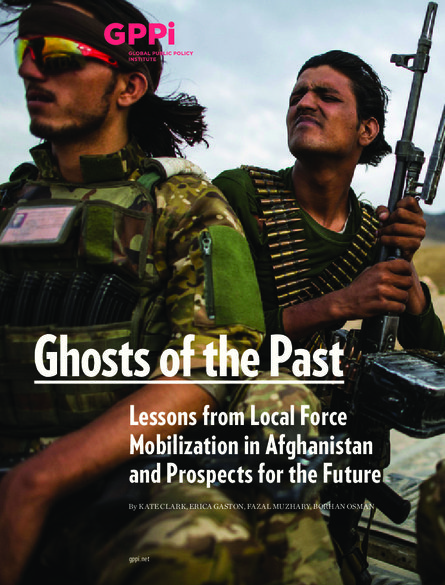
Since 2001, the international military and the Afghan state have mobilized a range of local or community-based forces to fill security gaps and confront insurgent threats in the country. One of the longest-running initiatives, the 2010 Afghan Local Police (ALP) was set to be defunded in September 2020, while other local forces, the Afghan National Army Territorial Force and a more shadowy group of state-supported community forces known as the Uprising Forces, appeared set to continue. Part of a three-year project exploring local, hybrid, and sub-state forces, this joint research report by GPPi and the Afghanistan Analysts Network (AAN) surveys the landscape of local forces mobilized since 2001, how well they delivered on the goals of community protection and conflict stabilization, and how these forces play into the prospects for peace, demobilization, and reintegration in Afghanistan.
Overall, our research suggests that, while local defense forces can bring benefits in securing territory and protecting communities, they will not work in all areas. Despite some recognition of the risk of co-option at the outset, pressure to roll the ALP out in areas where it was not appropriate, as well as failure to develop it slowly enough to enable meaningful institutional or community controls, led to more negative than positive examples of local forces. Where the ALP has been mobilized in environments to which it is not suited, or where it has been mismanaged, it has brought significant harm to local people, and they have suffered lasting damage.